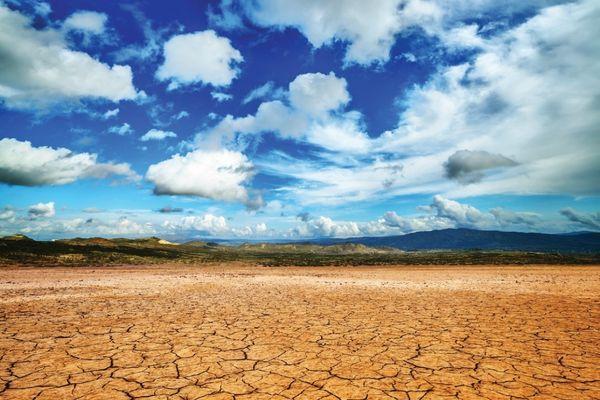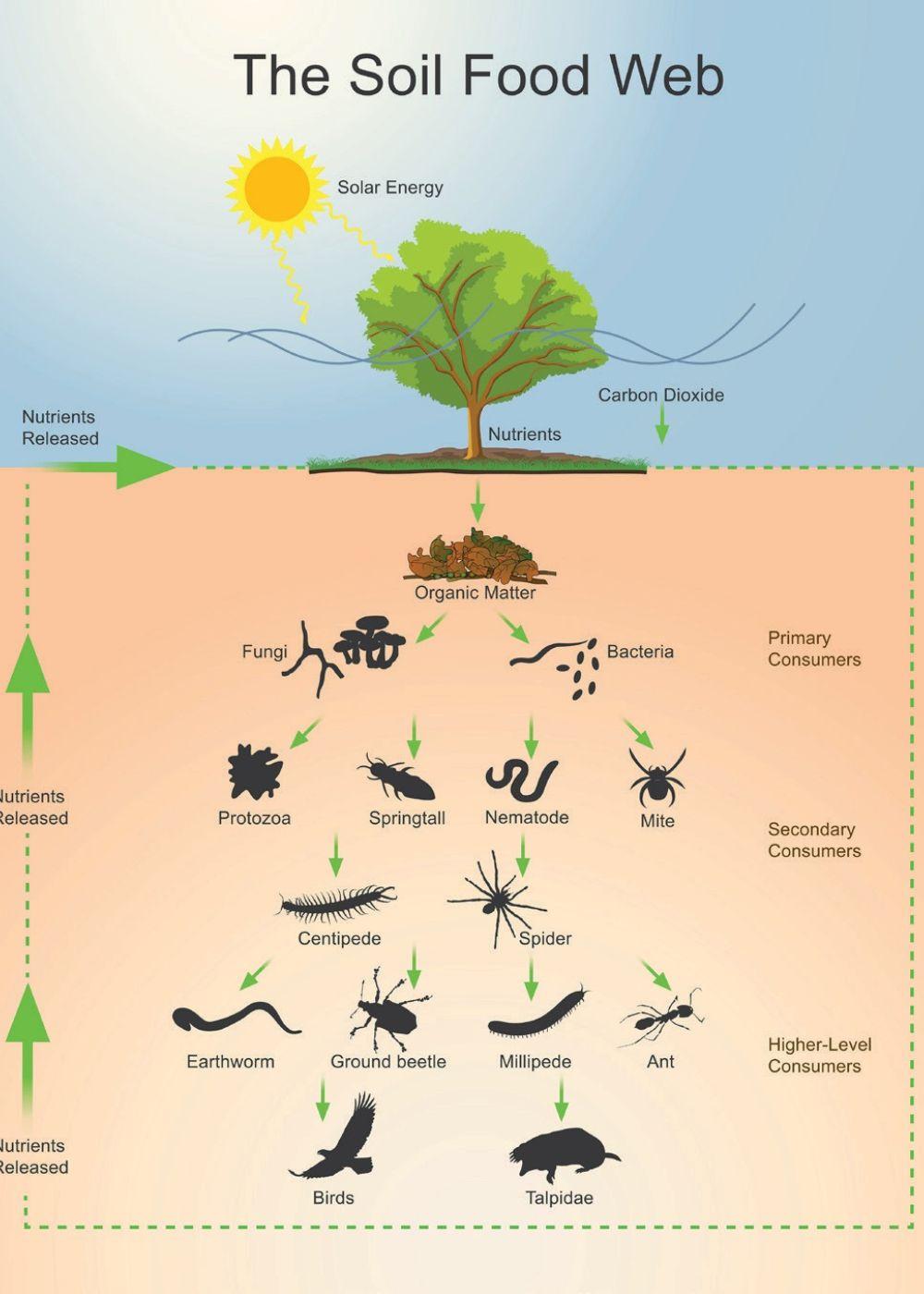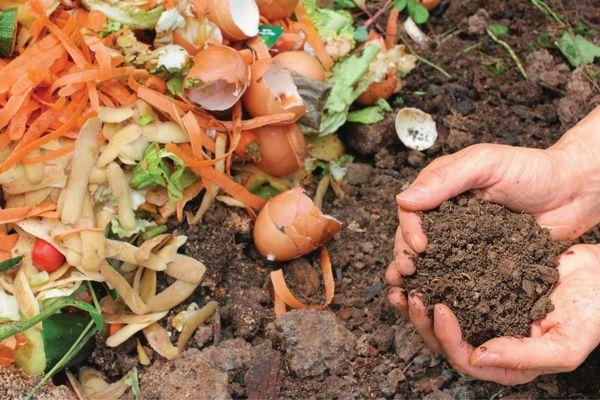
March is water month.
National Water Week is celebrated between the 20th – 26th March and this coincides with World Water Day, 22 March 2023. The local campaign aims to educate the public about their responsibility to protect and conserve our limited water resources. This year, the theme is to use water sparingly to ensure Water for all.

South Africa is a water scarce nation and ranks as one of the 30 driest countries in the world. With a mean annual precipitation of 497 mm per year (global average is 860 mm per year). Our people are reliant on insufficient and unreliable rain, distributed vastly across the country. On top of the low rainfall, 37 – 42% of potable water is unaccounted for, being lost through leaks, wastage, and illegal connections*.
More currently, the weather extremes seem to be worse than ever. Personally, I’m finding it all quite overwhelming as we sway between extreme downpours and heatwaves. As we grapple for explanations with terms such as El Nino, La Nina, climate change, seasonal fluctuations vs normal climate variation, it has become apparent to me that there is no one culprit; and the more you google the more confusing it gets!
What is clear, is that erratic supply is a surety. Businesses, families and gardeners are increasingly recognising the need to store and save water, to ensure a ‘back up’ plan of sorts. Loadshedding further compounds the urgency for solutions.
*Ref: https://www.gov.za/speeches/government-water-scarcity-and-drought-13-nov-2015-0000
What does this mean?
The impact on costs faced by commercial growers are astounding. Smaller growers, newly commercialised growers, nurseries and similar industries’ livelihoods may also be at stake. Without water there is simply no way to grow food.
At Andermatt Madumbi, we believe in a holistic approach. This starts with healthy roots and in order for roots to thrive in the soil they need a functioning soil food web – the ecosystem teeming with life, micro-organisms, macro-organisms, insects and small mammals.
In an ideal system, the soil food web is largely self sufficient. Water is retained, repurposed and maximised. Nutrients are recycled, feeding roots and microbes; microbes feed macrobes; macrobes feed insects; insects feed small mammals and so the cycle continues.
As growers, nurturing and feeding this ecosystem is the starting point to maximising water holding capacity and minimising water loss.


At gardener level, here are 3 easy tips as to how YOU can kick-start the process at home and do YOUR part to conserve and hold water in YOUR soil.
1. Roots hold soil and water. No roots = no water
- Avoid bare exposed areas.
- Ideally you’re looking for a root ‘tier’. Long, strong tap roots that can forage deep for moisture and a fine network of interlaced feeder roots beneath the soil surface.
2. Cover up! Mulch or grow cover crops
between plantings.
- Microbes are heat sensitive. To nourish feeder roots they need to be active in the top 10 – 100 mm of soil.
- Mulch, mulch, mulch. Any organic cover on the soil will do. Think of the forest floor, covered in decaying leaves and teaming with small creatures. This is what you are aiming for!
3. Add the ‘good guys’.
- Microbes are the ‘workers’ that kickstart the soil health system into action.
- Beneficial microbes occur naturally in healthy soils. In depleted soils they may be lacking. (It’s a numbers game – the more ‘good guys’ you have in the soil the less space for ‘bad guys’. Also, microbes are the key components of healthy soil).
The good news is that today, beneficial soil microbes are readily available to growers and gardeners.
What about Compost?
Compost is synonymous with soil health. For as long as I have been in the horticultural industry, the one safe recommendation has always been compost – it improves sandy soils and enhances clay soils. Compost is a key component in the system. It’s an ideal mulch, it contributes and improves soil structure and it provides food, shelter and energy to soil microbes.

Managing expectations is key!
Of course, as with all things in nature the most critical element is time.
“Nature does not hurry, yet everything is accomplished”
–Lao Tzu
This is not a quick fix solution and may not be feasible for many, but the principle is.
If I had a miracle cure, I would of course be a multi-millionaire, but I don’t. Sorry.
